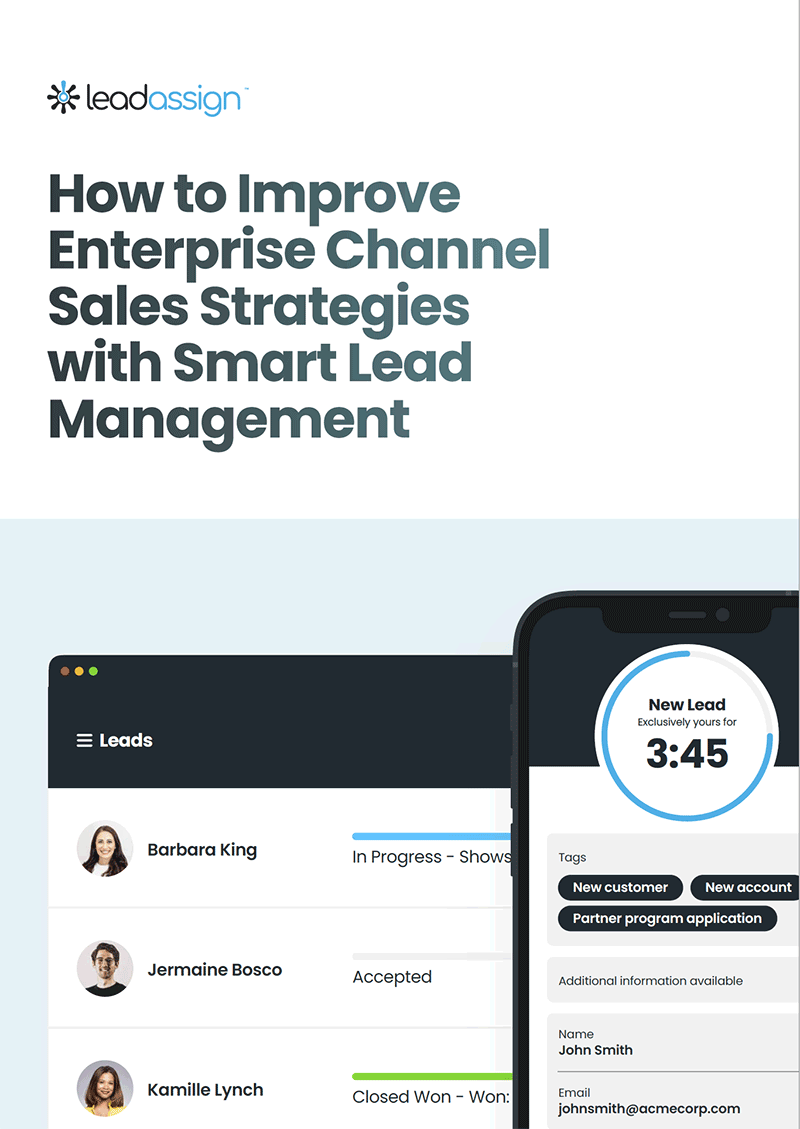Delving deeper into the realm of marketing attribution, this discussion focuses on Multi-Touch Attribution Models, offering insights for companies and marketers operating across three or more marketing channels. Typically suitable for organizations with larger marketing budgets, these models can be effectively automated using a Customer Relationship Management (CRM) tool.
Choosing the Right Attribution Model
The selection of the best attribution model for channel partners hinges on factors like budget, typical sales cycle duration, and the complexity of marketing campaigns. Multi-touch attribution models are most beneficial for businesses engaged in complex marketing efforts, particularly those nurturing leads through extended sales cycles. While accuracy is crucial, it’s essential to consider the practicality and budget constraints of implementing complex models.
1. Linear Attribution Model
- The Advantage:
- Provides a comprehensive overview of the customer’s journey, assigning equal credit to all interactions throughout the sales cycle.
- The Disadvantage:
- Implementation can be complex, and it lacks specificity in analyzing the effectiveness of individual touch points.
- When to Use:
- Best suited for marketers with long sales cycles involving numerous buyer interactions.
2. Position-Based Attribution Model
- The Advantage:
- Recognizes the importance of first, middle, and last touch points, allowing optimization of multiple interaction points.
- The Disadvantage:
- May not accurately reflect the importance of the first or last touchpoint in every scenario.
- When to Use:
- Ideal for campaigns aiming for immediate consumer engagement and conversion, less suitable for prolonged sales cycles.
3. Time-Decay Attribution Model
- The Advantage:
- Identifies and optimizes channels significant in the later stages of a lead’s journey, focusing on interactions closer to conversion.
- The Disadvantage:
- Ignores early-stage touch points that might have played crucial roles in the conversion process.
- When to Use:
- Suitable for businesses with extended sales cycles, emphasizing interactions in the later stages of lead journeys.
4. Algorithm Attribution Model
- The Advantage:
- Offers a comprehensive and accurate assessment of a lead’s journey, providing precise attribution to crucial touch points.
- The Disadvantage:
- Complex and may require specialized knowledge and tools, potentially cost-prohibitive for smaller businesses.
- When to Use:
- Best suited for intricate sales processes, offering a detailed overview of various stages of the sales funnel.
Attribution Challenges with Channel Partners
Despite their benefits, marketing attribution models pose challenges, including:
Correlation-Based Bias
Misleading attribution suggesting causation between events.
In-Market Bias
Incorrectly attributing conversions to ads when customers were already inclined to purchase.
Digital Signal Bias
Ignoring offline data, leading to biased optimization decisions.
Cheap Inventory Bias
Distorted views of media performance, potentially resulting in misguided optimization decisions.
Finding the Right Attribution Provider
To navigate these challenges, marketers must combine multiple models and compare data, necessitating a sophisticated analytics platform. Trusted providers should offer tools or software encompassing speed, accuracy, cross-channel marketing insights, and connections to branding and performance.
Whether you’re a seasoned marketer seeking to refine your attribution approach or a business leader aiming to optimize your marketing budget, you can gain valuable insights to navigate the dynamic landscape of multi-touch marketing attribution.










